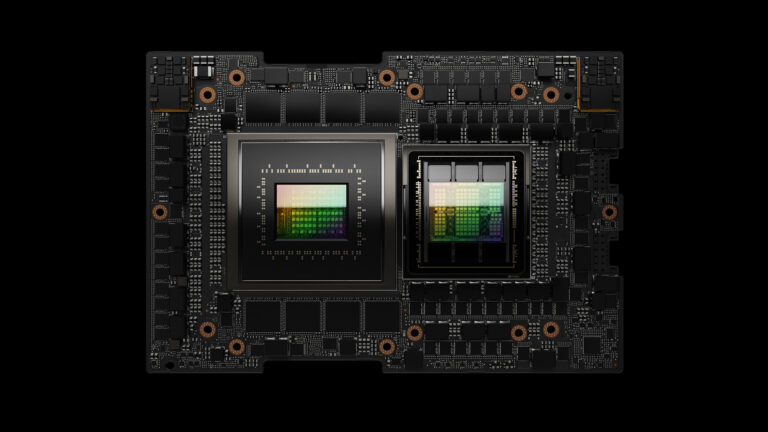 Last month, NVIDIA and Mistral AI unveiled Mistral NeMo 12B, a leading state-of-the-art large language model (LLM). Mistral NeMo 12B consistently outperforms…
Last month, NVIDIA and Mistral AI unveiled Mistral NeMo 12B, a leading state-of-the-art large language model (LLM). Mistral NeMo 12B consistently outperforms…
Last month, NVIDIA and Mistral AI unveiled Mistral NeMo 12B, a leading state-of-the-art large language model (LLM). Mistral NeMo 12B consistently outperforms similarly sized models on a wide range of benchmarks. Today, we announce Mistral-NeMo-Minitron 8B, one of the most advanced open-access models in its size class. This model consistently delivers leading accuracy on nine popular…

 With the rapid growth of generative AI, CIOs and IT leaders are looking for ways to reclaim data center resources to accommodate new AI use cases that promise…
With the rapid growth of generative AI, CIOs and IT leaders are looking for ways to reclaim data center resources to accommodate new AI use cases that promise… Hosted by Dell and NVIDIA, demonstrate how AI Workbench can be used to build and deliver apps for a wide range of tasks and workflows.
Hosted by Dell and NVIDIA, demonstrate how AI Workbench can be used to build and deliver apps for a wide range of tasks and workflows. At Gamescom 2024, NVIDIA announced our first on-device small language model (SLM) for improving the conversation abilities of game characters. We also announced…
At Gamescom 2024, NVIDIA announced our first on-device small language model (SLM) for improving the conversation abilities of game characters. We also announced…